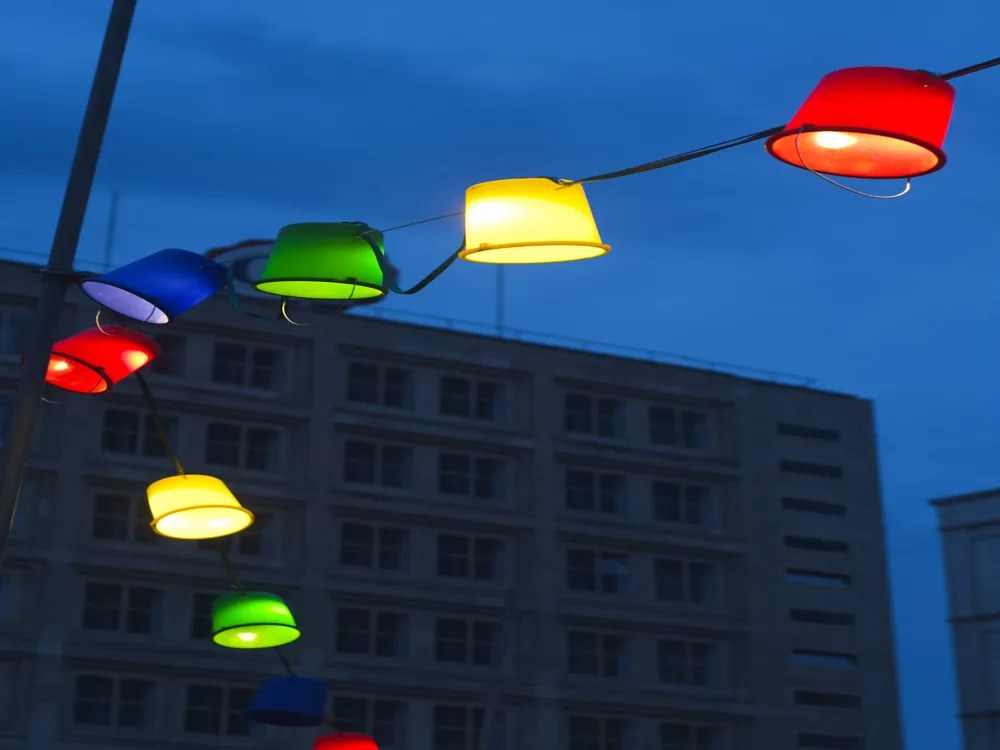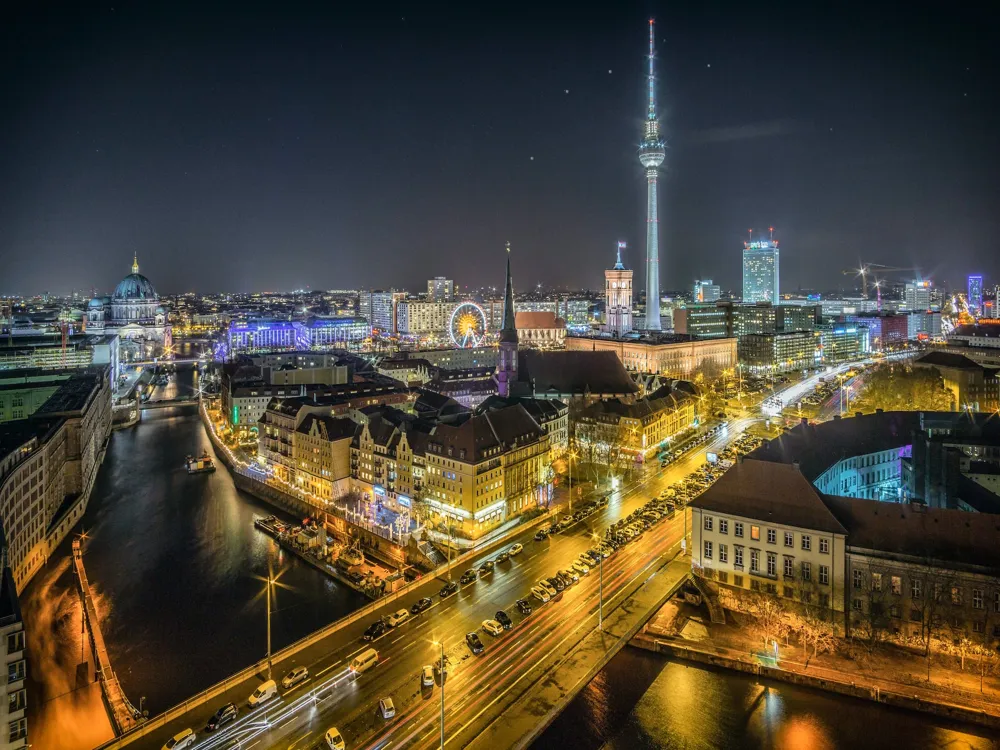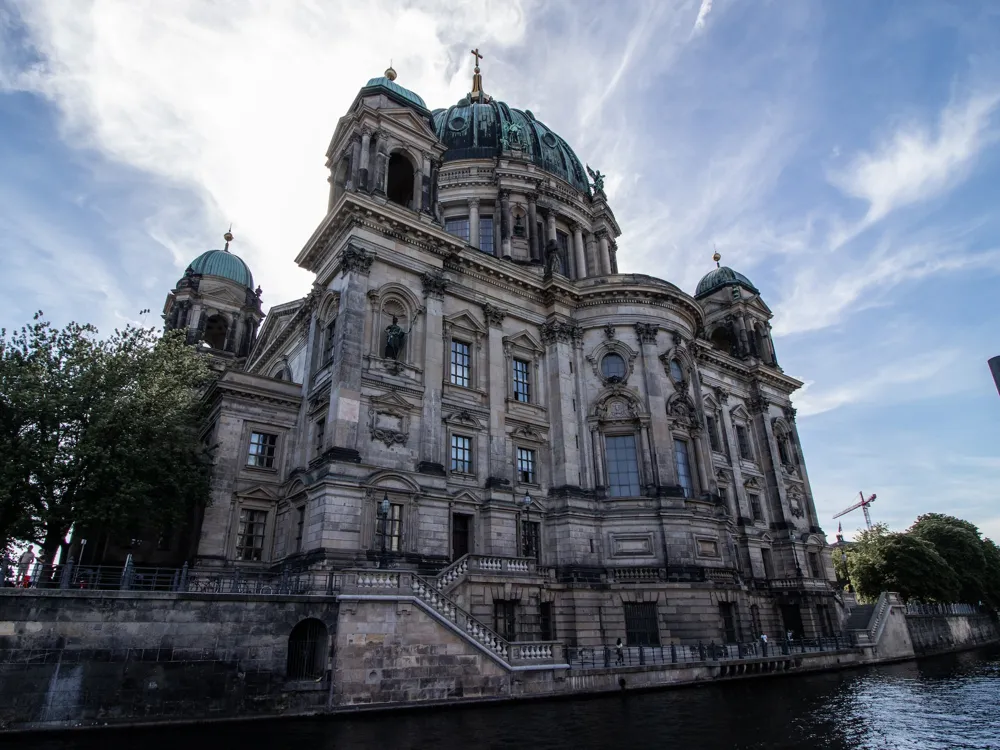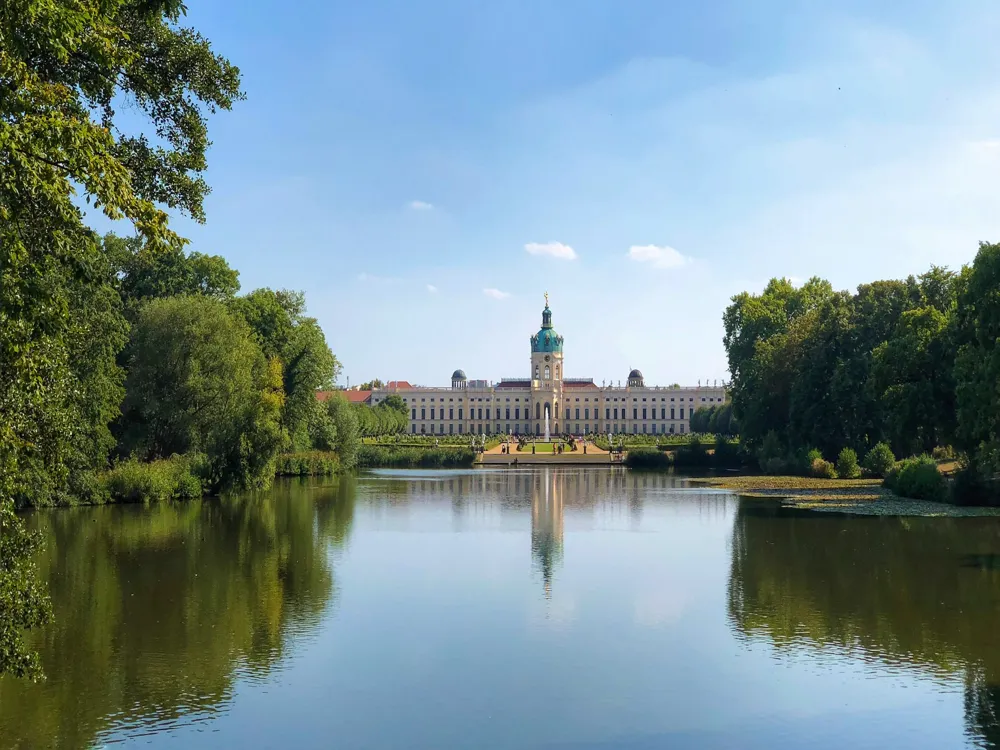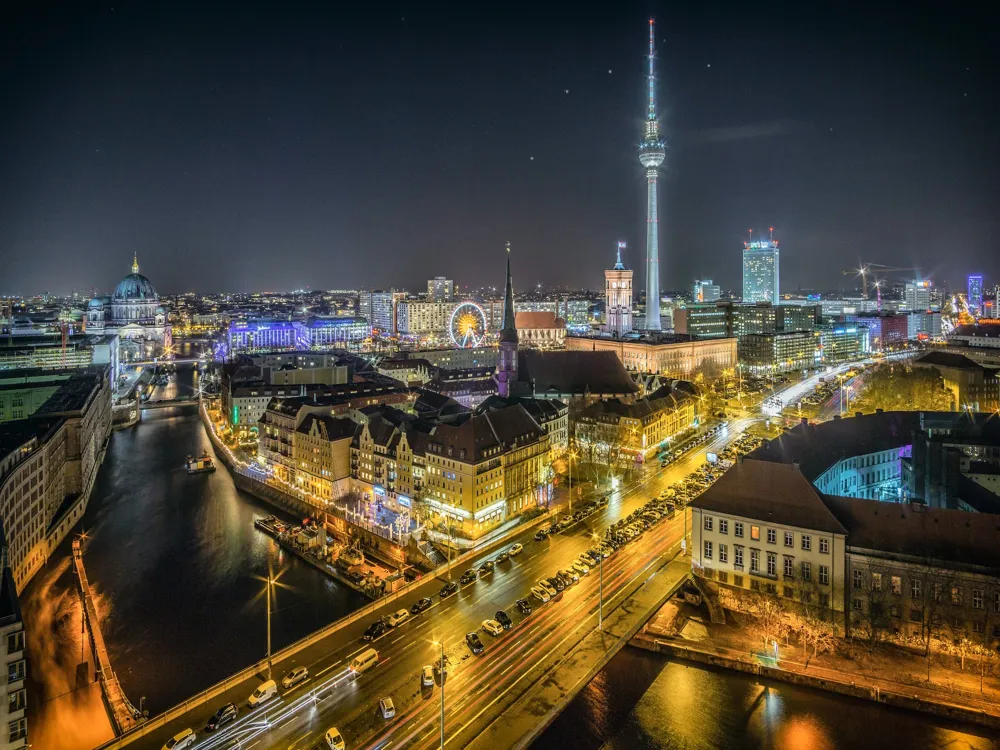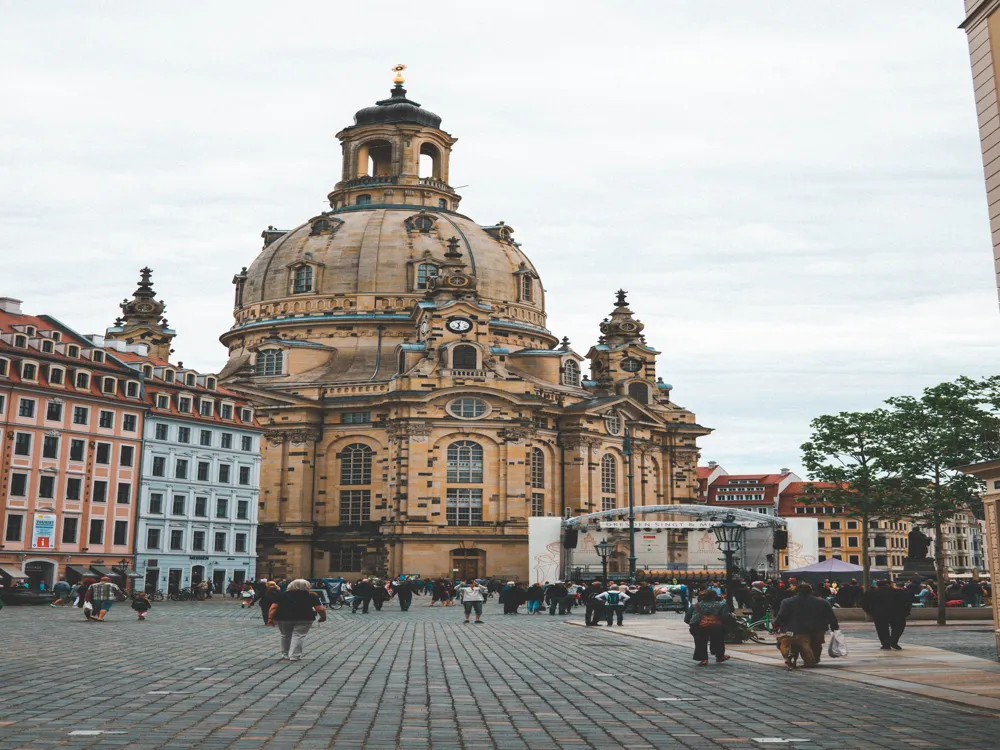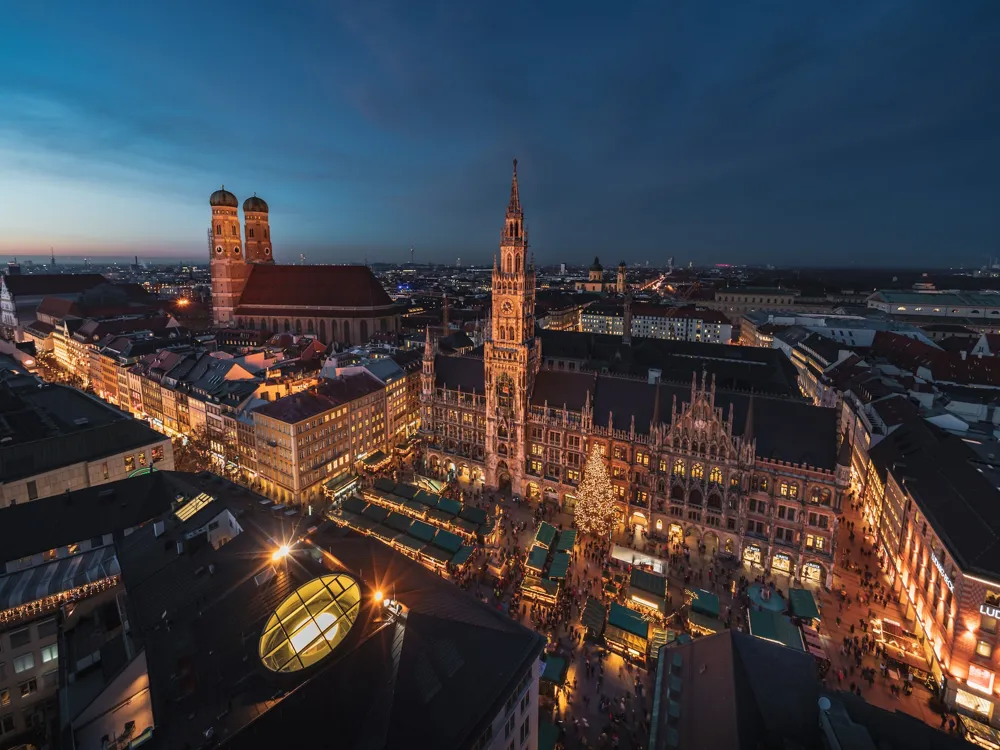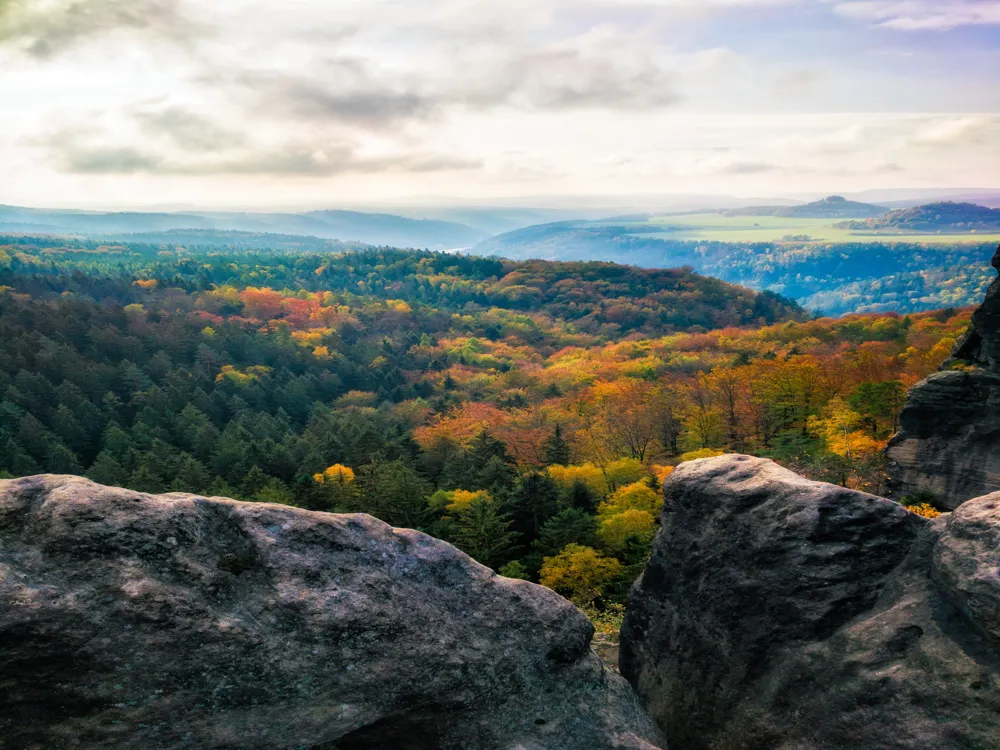The Brandenburg Gate, a monumental gateway that stands as an iconic symbol of Berlin's rich history, represents more than just an architectural marvel; it is a testament to the city's resilience and transformation. Originally constructed in the late 18th century, the Gate has witnessed and survived numerous historical events, making it a silent storyteller of Berlin's past. Its location, at the heart of the city, makes it an ideal starting point for exploring Berlin's diverse cultural and historical landscape. As you approach the Brandenburg Gate, you are greeted by its impressive neoclassical design, a brainchild of architect Carl Gotthard Langhans. The structure, inspired by the Propylaea of the Acropolis in Athens, stands as a symbol of peace. The Gate's most prominent feature is the Quadriga, a chariot drawn by four horses, driven by Victoria, the Roman goddess of victory. This sculpture, designed by Johann Gottfried Schadow, has its own storied history, having been taken by Napoleon to Paris and later returned to Berlin. The Brandenburg Gate has been a focal point for major historical events, including Napoleon's invasion, the tumultuous years of World War II, and the Cold War, when it stood as a border marker between East and West Berlin. In 1989, it gained global attention during the fall of the Berlin Wall, symbolizing the reunification of Germany. Today, it stands not just as a historical monument, but as a beacon of unity, peace, and hope, drawing visitors from all corners of the globe. Visiting the Brandenburg Gate offers an opportunity to walk through the pages of history. Whether you are a history enthusiast, an architecture aficionado, or simply a curious traveler, the Gate has something to offer everyone. Its grandeur and historical significance make it a must-visit landmark in Berlin. The Brandenburg Gate, standing tall at 26 meters in height and 65 meters in width, is a masterpiece of neoclassical architecture. Its design reflects the classical Roman city gates, signifying strength and stability. The sandstone structure comprises twelve Doric columns, forming five passageways. Historically, the central passage was reserved for the royal family, while the others were used by the general public. The architectural detailing of the Brandenburg Gate is a study in precision and artistry. The reliefs and sculptures adorning the structure depict scenes from Greek mythology, symbolizing peace and victory. The Gate's design was ahead of its time, seamlessly blending artistic expression with architectural functionality. The Quadriga atop the Brandenburg Gate is a standout feature, adding to the monument's magnificence. This sculpture underwent restoration after World War II, symbolizing Berlin's resilience and rebirth. The Gate's overall design and its elements resonate with the themes of unity and triumph, making it a poignant symbol of Berlin's history and spirit. Exploring the architectural nuances of the Brandenburg Gate is akin to a journey through time. The Gate's enduring beauty and historical significance have made it an indispensable part of Berlin's skyline, admired by architects and historians alike. It stands as a proud reminder of Berlin's ability to rebuild and renew itself through the centuries. To fully appreciate the Brandenburg Gate's beauty without the crowds, consider visiting early in the morning or late in the evening. The soft lighting at these times accentuates the architectural details and offers a serene experience. For the best photographs, capture the Gate from Pariser Platz, allowing the full view of its grandeur. Early morning light provides a warm glow, perfect for photography. Don't forget to capture the Quadriga's silhouette against the Berlin sky. Consider joining a guided tour to gain insights into the Gate's rich history and architectural details. Many tours also include visits to nearby historical sites, offering a comprehensive experience of Berlin's heritage. After visiting the Gate, explore nearby attractions like the Reichstag Building, Tiergarten Park, and the Memorial to the Murdered Jews of Europe, all within walking distance. The Brandenburg Gate is easily accessible by public transport. The nearest subway station is Brandenburger Tor Station, serviced by the S-Bahn and U-Bahn networks. Buses also stop near the Gate, making it convenient for visitors to reach this historic landmark. For those preferring to drive, parking can be found in the vicinity, though public transport is recommended due to the busy nature of the area. Whether arriving by train, bus, or foot, the journey to the Brandenburg Gate is as enriching as the destination itself. The route passes through some of Berlin's most vibrant neighborhoods, offering glimpses into the city's dynamic urban landscape. Read More:Overview of Brandenburg Gate in Berlin
Architecture of Brandenburg Gate
Tips When Visiting Brandenburg Gate
Best Time to Visit
Photography Tips
Guided Tours
Nearby Attractions
How to Reach Brandenburg Gate
Brandenburg Gate
Berlin
₹ 58,000 onwards
View berlin Packages
Weather :
Tags : Sightseeing
Timings : Monday - Sunday: 10:00 AM - 6:00 PM
Planning a Trip? Ask Your Question
Also Refered As:
Brandenburg Tor
Berlin Travel Packages
View All Packages For Berlin
Top Hotel Collections for Berlin

Private Pool

Luxury Hotels

5-Star Hotels

Pet Friendly
Top Hotels Near Berlin
Other Top Ranking Places In Berlin
View All Places To Visit In berlin
View berlin Packages
Weather :
Tags : Sightseeing
Timings : Monday - Sunday: 10:00 AM - 6:00 PM
Planning a Trip? Ask Your Question
Also Refered As:
Brandenburg Tor
Berlin Travel Packages
View All Packages For Berlin
Top Hotel Collections for Berlin

Private Pool

Luxury Hotels

5-Star Hotels

Pet Friendly





